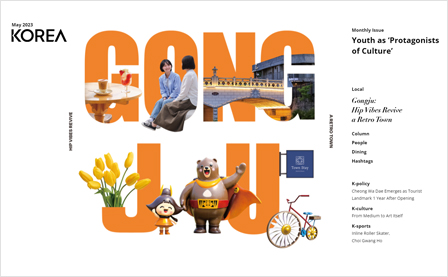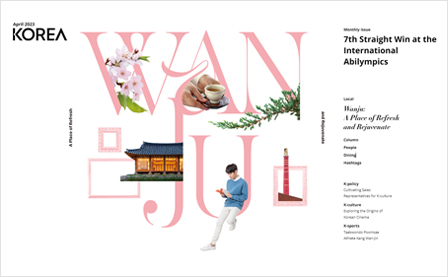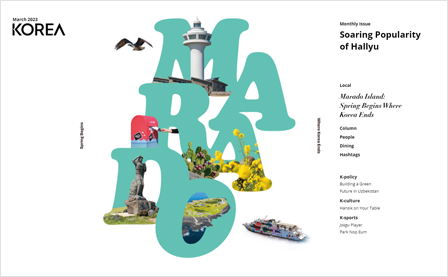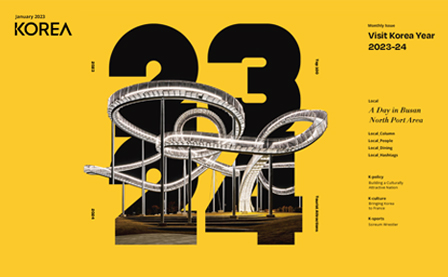June 2023

Local
People1
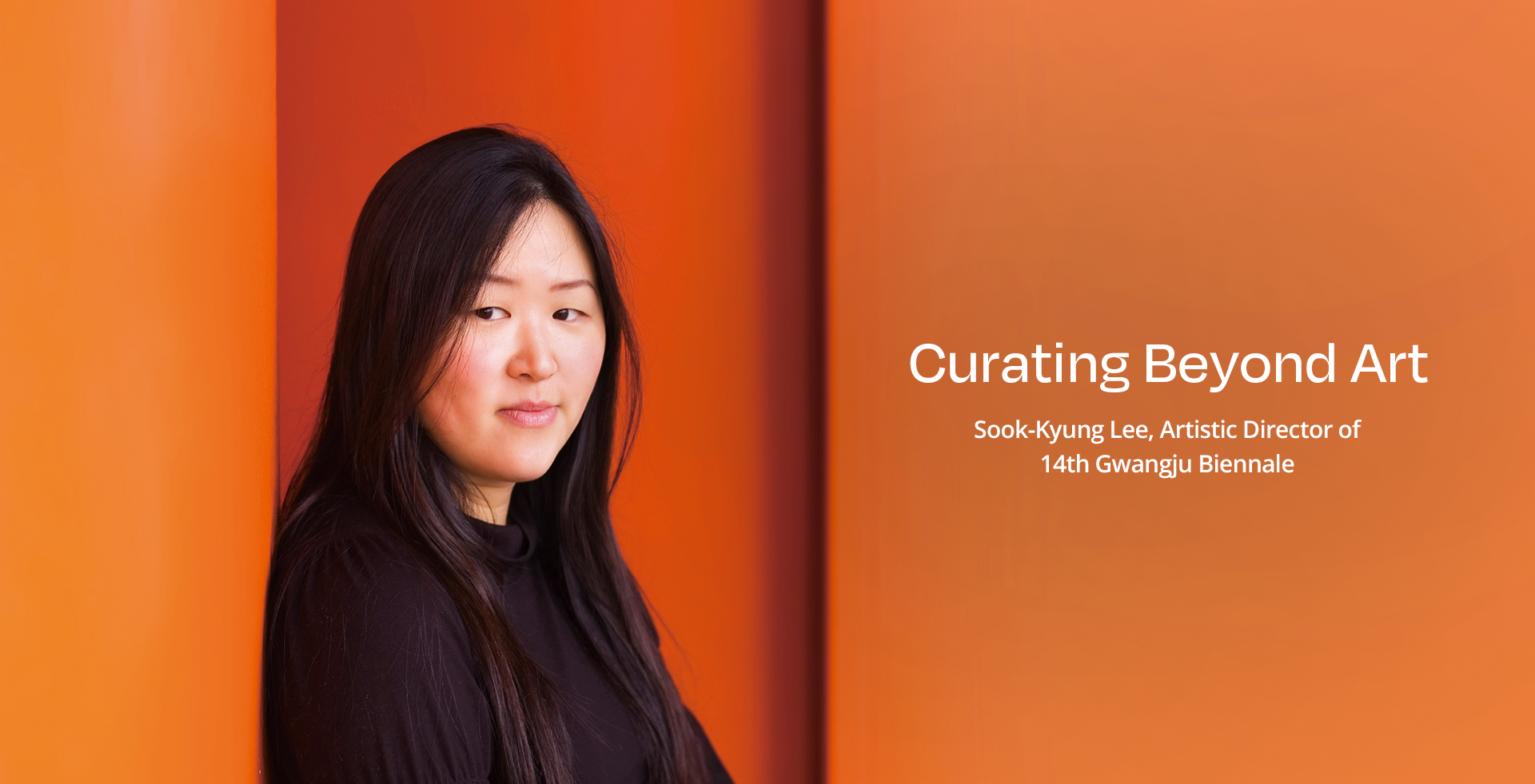

The Gwangju Biennale is one of Asia’s largest contemporary art festivals. Sook-Kyung Lee, senior curator at Tate Modern, was appointed the Artistic Director of the 14th Gwangju Biennale. She is the first Korean to be appointed to the position in 15 years. Yet it is not the first time Lee has participated in the Gwangju Biennale. She participated in the biennale’s first event when she was just starting out as a curator. “I was not too familiar with an international biennale, but I found it interesting to contribute to such a large-scale exhibition. One of the most memorable impressions I had was witnessing so many visitors from all walks of life, from children and students to families and the elderly. It was a great realization of the importance of the audience.”
After her participation in the first Gwangju Biennale, Lee completed her master’s and doctorate degrees in the United Kingdom, where she continues working as a curator. Living in an unfamiliar society encouraged her to think about different contexts of curating. She often thought about what is “global” and “local,” along with the universal values inherent in contemporary art that transcend borders and differences in culture. The result of her contemplations on these issues lines up with the theme of this year’s Gwangju Biennale.
The theme of this year’s biennale is “Soft and Weak like Water,” which was inspired by Laozi’s Tao Te Ching. While experiencing global issues such as the COVID-19 pandemic, climate emergency, racism and war, Lee considered what kind of role art can play in this moment in time. By chance, she was reading Tao Te Ching and discovered the following sentence: “Nothing on earth is so weak and yielding as water, but for breaking down the firm and strong it has no equal.” “I thought that the sentence gave expression to the role of art. Gwangju has both the soft spirit of art and the spirit of resistance in the forms of a sense of justice and courage, so I thought it was an expression well-suited to the city. I wanted to show through the biennale how Gwangju’s spirit and art from around the world resonate with one another.”
The message Lee wanted to express through this year’s biennale is more easily understandable by walking through the main exhibition hall, which includes the sections “Luminous Halo,” “Ancestral Voices,” “Transient Sovereignty” and “Planetary Times.” She wanted to think about the world’s problems through these four sub-themes. Lee was able to finalize the 14th Gwangju Biennale’s exhibition with help from contemporary art from around the world and the uniqueness of Gwangju. The biennale’s main exhibition hall serves as a meeting place for a plethora of narratives, while the other exhibition spaces greet visitors with works that suit the architectural, historical and cultural backgrounds of those spaces.
Contemporary art can sometimes be viewed as difficult to approach, so Lee prepared a diverse range of programs that allows the public to encounter contemporary art in an easy and meaningful way. “As a mediator between the artists and the audience, curators try to convey artistic messages in accessible and comprehensive ways. By focusing on personal and relatable stories from all corners of the world, I wanted to highlight the importance of everyday experience and small efforts toward justice in this biennale. There are participatory works, workshops for children, concise captions, and guided tours, for example, which make the visitors’ experience more diverse and inclusive.”
After participating in the first Gwangju Biennale, it took 30 years for Lee to become Artistic Director of the event. Despite the passage of that amount of time, Lee says that it is only now that she feels she has come full circle. For over 30 years, Lee persistently sought out art’s essential meaning, the relationship between art and society and the roles of art and curators of art. The results of her search and contemplations on all of this can be found in the exhibitions of the 14th Gwangju Biennale.
The Gwangju Biennale ends in July. However, Lee will continue her determined journey to observe the relationship between art and society and meld these observations into her curation work with a view to create her own narrative of coexistence and caring.
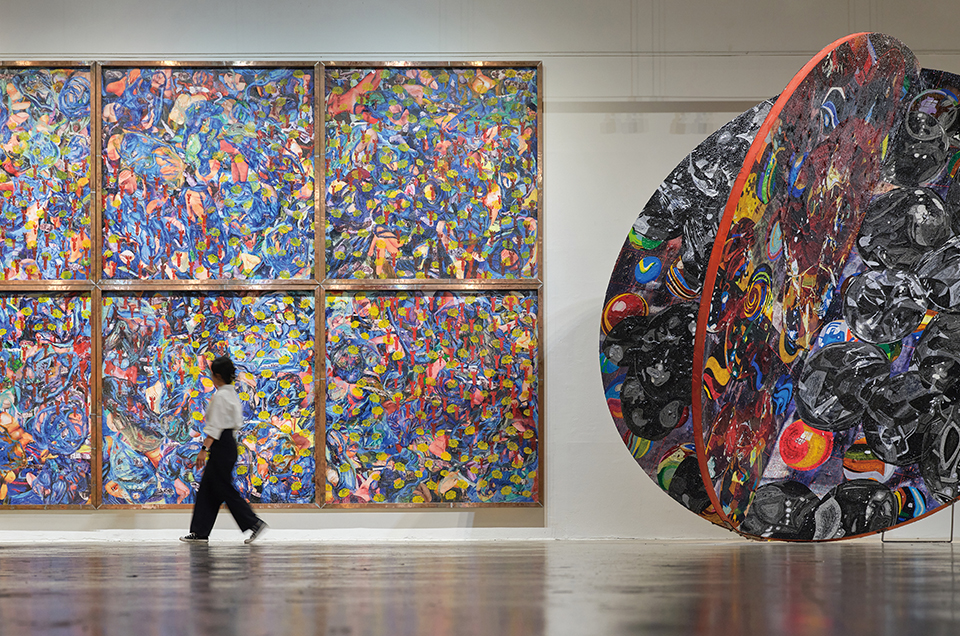
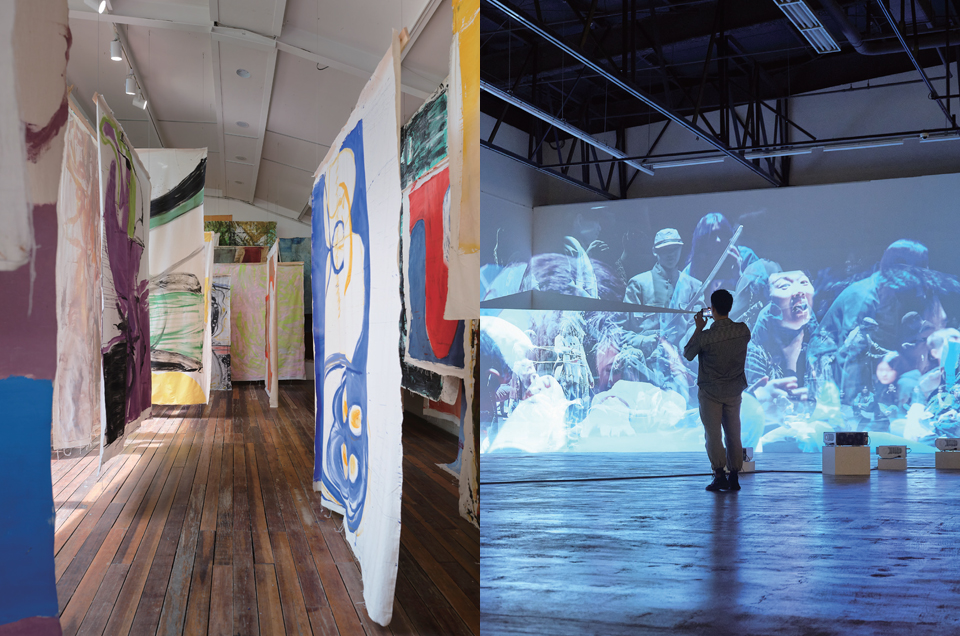
Local
People2


Renowned media artist Lee Lee Nam gained international recognition for his innovative adaptation of classic flat paintings into captivating videos. Snow delicately descends upon Kim Hong-do’s “Mukjukdo (ink Bamboo),” while flowers bloom on Johannes Vermeer’s “The Girl with a Pearl Earring.” Lee’s ambition now lies in infusing the spirit of art throughout Gwangju. By breathing life into countless paintings, he aspires to animate the entire city with art.
Central to this endeavor is the “Leeleenam Studio,” nestled in Gwangju’s Yangnim-dong. Yangnim-dong boasts a rich history, with its collection of modern buildings spanning over a century. Charming cafes and galleries line its alleys, frequented by numerous prominent writers and painters who have shaped Gwangju’s artistic landscape. Fascinated by the district’s cultural heritage, Lee acquired and renovated an old building here, transforming it into a multifaceted cultural space known as “Leeleenam Studio.” This space serves as a studio, exhibition area and cafe.
Lee explains his motivation behind the studio: “Many people find media art more challenging than expected. I created this space to enable them to experience media art naturally in their daily lives. I strategically display my works so that visitors can effortlessly immerse themselves in media art just by exploring the surroundings. Additionally, I work here, hoping that visitors will gain insight into the work of media artists and the process of creating media art.”
True to Lee’s belief that “art should always be accessible to everyone,” Leeleenam Studio exudes artistic flair. Each floor features screens showcasing mesmerizing media art, with new works regularly introduced. Furthermore, Lee’s sculptures are artfully placed throughout the space, with the centerpiece being the “Reborn Light-Pieta” on the first floor, serving as a harmonious backdrop for the circular staircase. On the rooftop, the piece “Venus of Light” seamlessly integrates with the city’s skyline, creating a captivating and unconventional vista. In just three years since its inception, Leeleenam Studio has emerged as a prominent artistic attraction in Gwangju.
Using leeleenam studio as a base, Lee actively collaborates with local artists in Yangnim-dong, engaging in a variety of artistic ventures. Art installations adorn the streets of Yangnim-dong, and he provides exhibition space for the “Yangnim Alley Biennale,” a festival organized by artists, experts, residents and merchants in the district.
Lee now envisions Gwangju as a thriving art tourism destination. “The Gwangju Biennale and the Gwangju Design Biennale present exceptional opportunities. Gwangju attracts many art enthusiasts. However, to truly transform into a genuine art tourism destination, Gwangju needs to go beyond that. Artistic experiences that captivate visitors who attend the biennials should be thoughtfully curated throughout the city, interconnected seamlessly. Gwangju’s designation as a UNESCO Media Arts Creative City signifies its immense potential and capabilities.”
United by Lee’s aspirations and the dreams of local artists, may Gwangju blossom into a city where art flourishes.
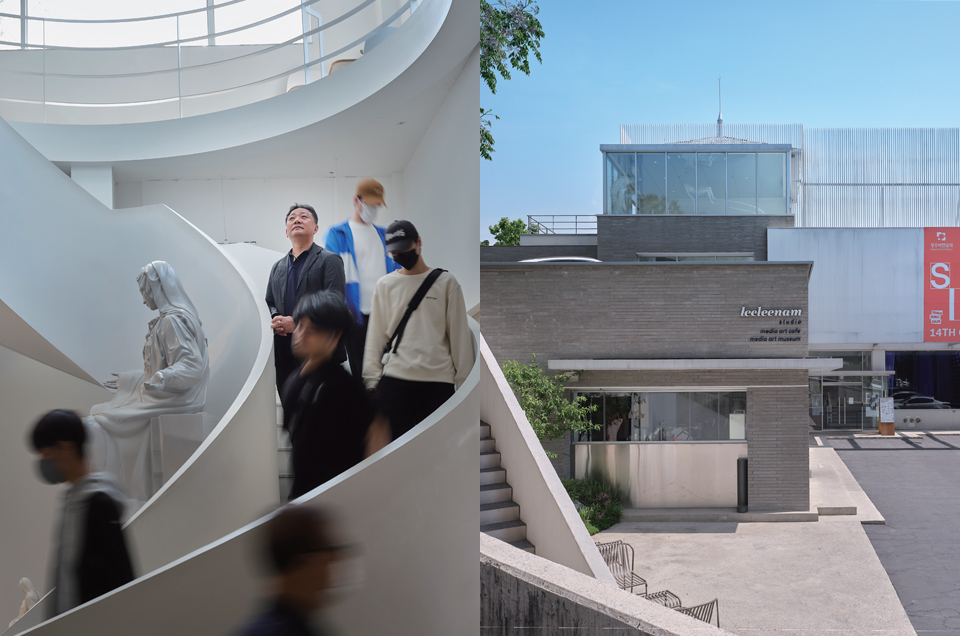
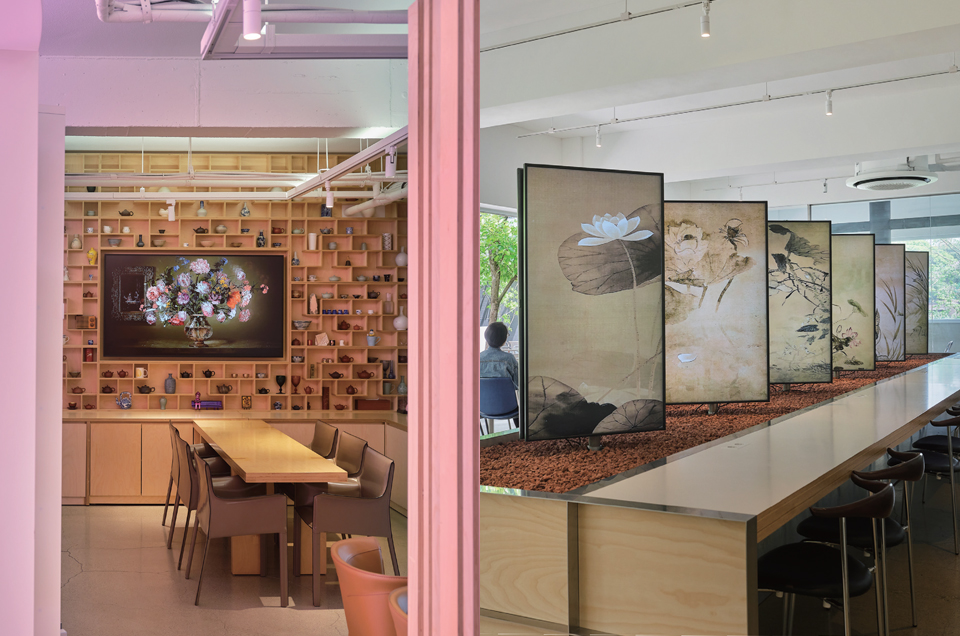
 View of all
View of all